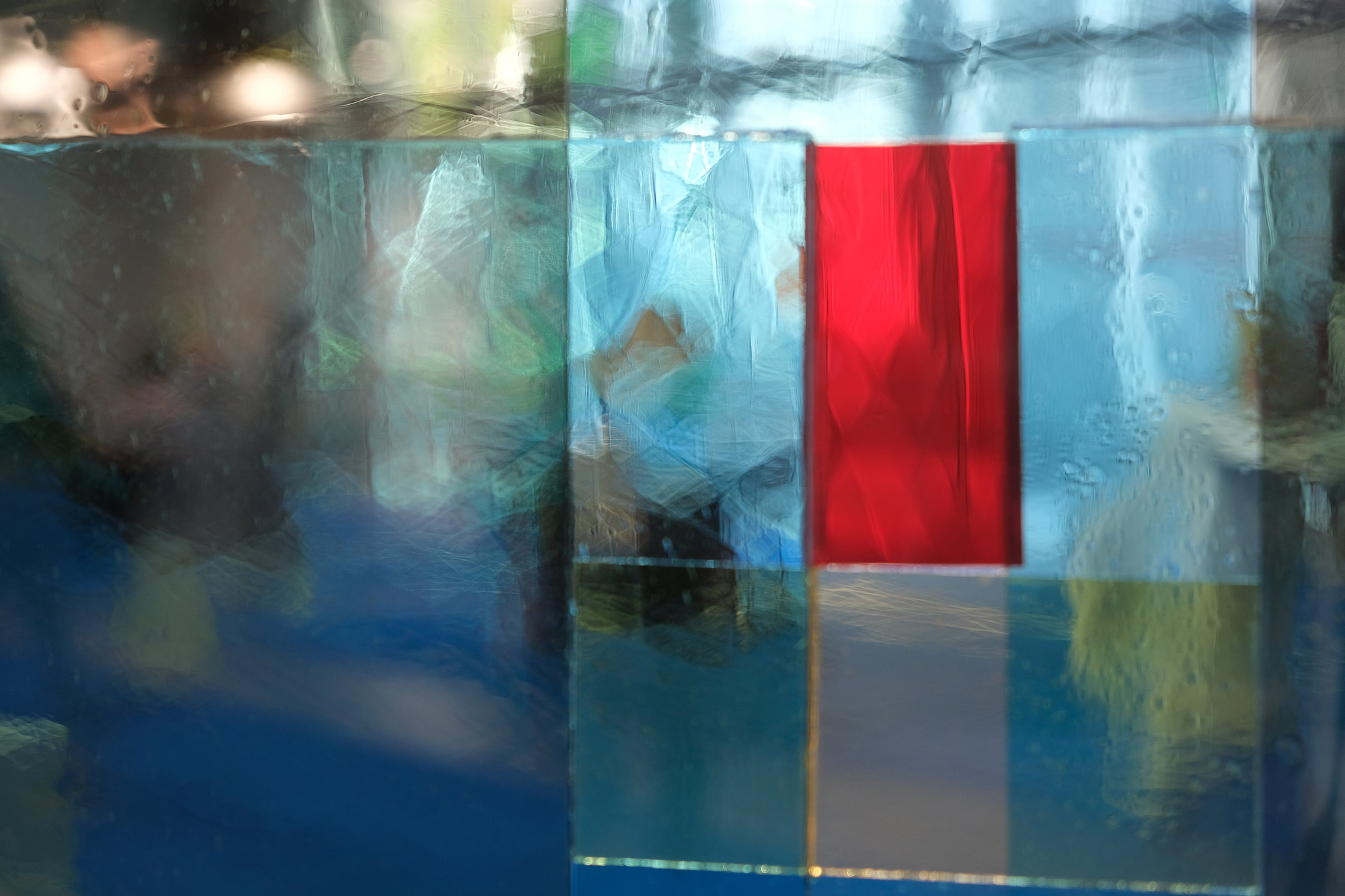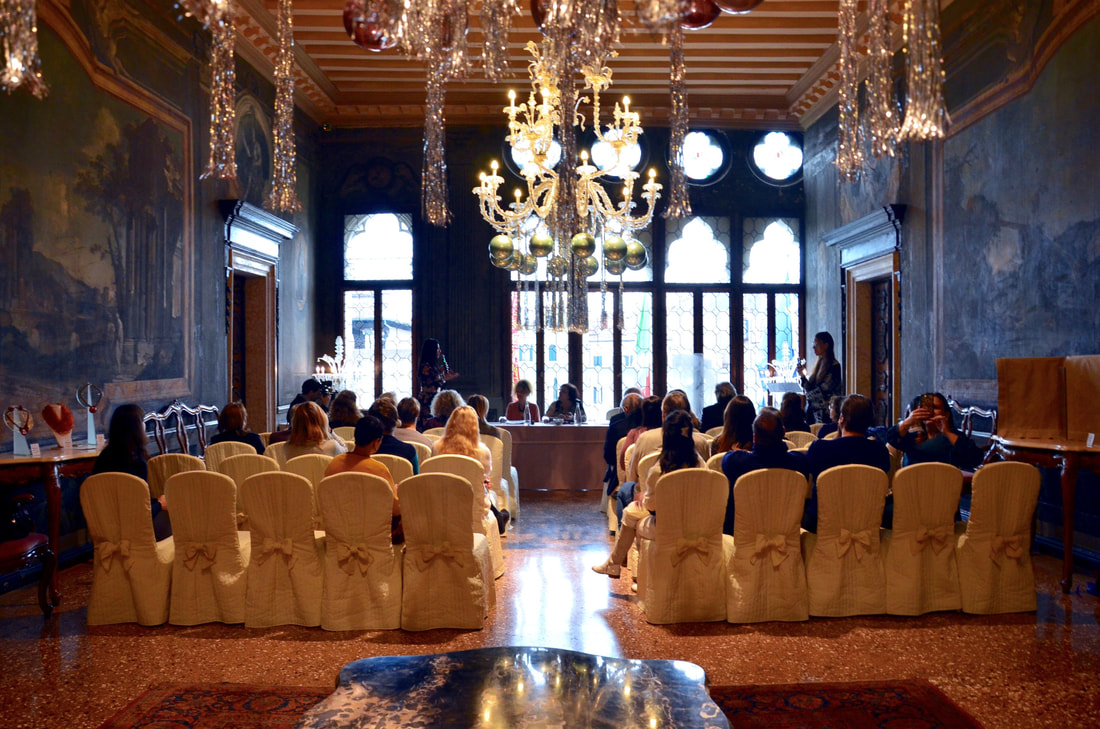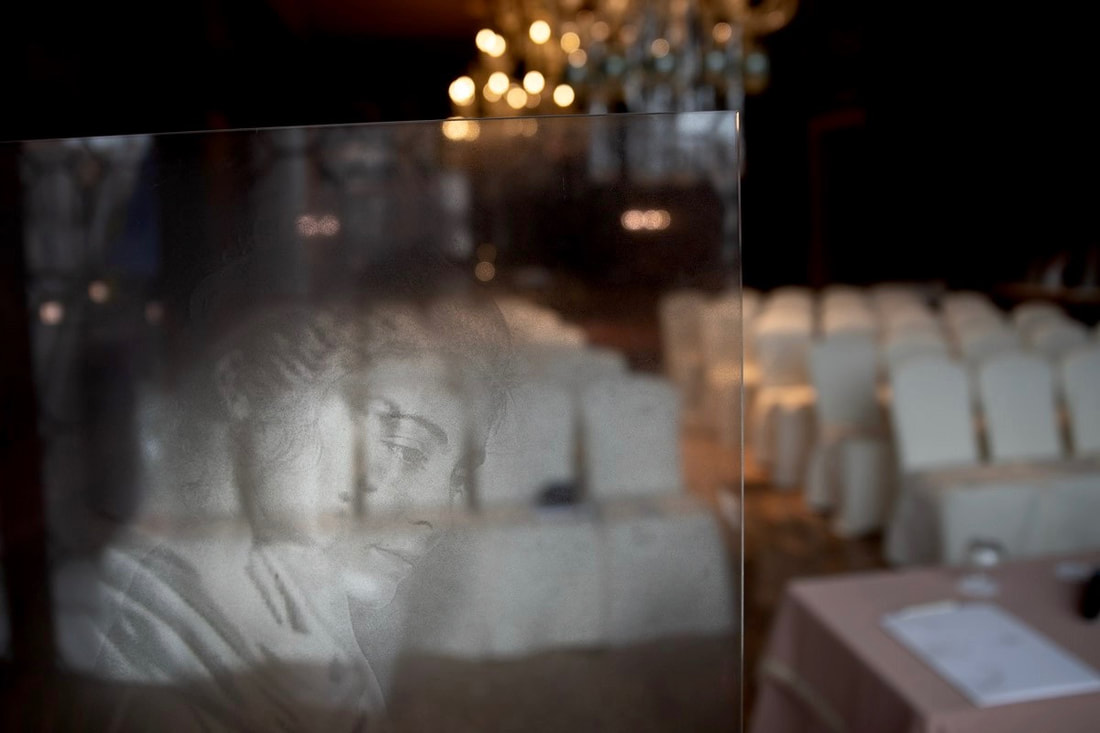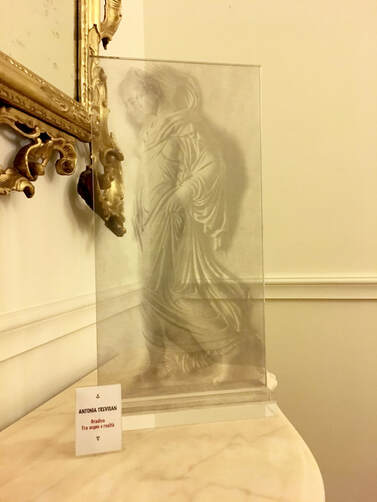
Exhibition of the artwork GRADIVA, DREAM AND REALITY by Antonia Trevisan
CA’ SAGREDO HOTEL VENICE – “L’incontro” room – Cannaregio 4198/99, Campo S. Sofia (30121 Venezia)
From January 2019 to January 2020


GRADIVA, DREAM AND REALITY – Birth and production
In his novel Gradiva. A Pompeian fancy Wilhelm Hensen tells the passion of Norbert Hanold for a marbled bas-relief admired at the Vatican Museums in Rome. In the female figure who walks gracefully with “a natural, simple and virginal poise”, Hanold recognizes the features of a “Pompeian mistress” giving her the epithet of “Gradiva”, latin for “she who walks”. Hanold is fascinated by the airy and fluctuating movement of her garment uncovering a feet in sandals. Above all, he is irresistibly attracted by her right foot whose fingertips touch gently the ground, while her sole and heel are lying almost vertically. Gradiva seduces Harold’s mind and dreams so much that he even decides to head towards Pompei, in order to find this imaginary woman in the ruined Vesuvian town. In the dazzlingly sunny Campania he actually meets her, but this real woman – who is made of flesh and blood (not of marble) and speaks in german – will help him (archaeologist) to step out of his own delirium. The Gradiva he met across the Pompeii ruins, is actually his neighbour, Zoe Bertgang, a girl with whom he used to play in his childhood.
The ordinary and ironic ending of the novel – where they finally declare their love for each other- doesn’t fade the gripping fascination of the reader while following the tangled plot of Norbert’s obsession.
This novel, published in 1903, was recommended by Jung to Freud, who wrote Delusion and dream in Jensen’s Gradiva in August 1906, interpreting the text through the instruments of his psycoanalytic analysis. Norbert Hanold’s case is described as a typical repression of the early love which finally reawakens due to the female figure of Gradiva-Zoe.
This novel offers a wide range of interpretations since it mingles archaeological passion and myth, hallucination and reality, eroticism and sublimation.
Since they are trasferred onto a glass slab, the images of both female figures live each other’s life like in the complicated delirium of the archaeologist. In this visionary story the artist Antonia Trevisan “tells” us that Gradiva and Zoe – at the same time flesh and marble – are conflated in an evocative dialogue of shapes in motion; the past of the ancient bas-relief adopts the features of a today’s young woman. Dreams and reality overlap like two parallel and illusionary lives. Both are possible. Antonia Trevisan has been processing glass since the very beginning of her career, and now uses the transparency of a temperate glass slab in order to capture the protagonist’dreams and love on a catchy image. Through a slightly reflective shadow effect the two female figures are projected in a dreamlike fourth dimension which at the same time condenses and goes beyond the flat surface of painting and the three-dimensional features of sculpting.

ANTONIA TREVISAN
Born in Vicenza, she lives and works in Vicenza and Venice.
After his early studies at the Scientific High School, Antonia Trevisan attended workshops of painting, design, furniture design and technical drawing at the Experimental Technical Institute. Then she studied at the Faculty of Sociology in Trento and decided to begin a career as a teacher in Middle Schools, especially focusing on graphic composition and photography.
From 1970 she took part in a series of evening meetings with architects such as Carlo Scarpa, Arrigo Rudi, Giorgio Bellavitis, Federico Motterle, Umberto Tubini and Domenico Sandri, the ceramist Pompeo Pianezzola, the glass sculptor Luciano Vistosi and the weaver and designer Renata Bonfanti at the Gigi Lanaro’s furniture store in Vicenza. In particular Renata Bonfanti referred to the principles by Gropius and Bauhaus which gave autonomous value to applied arts, so that she was persuaded of the importance to offer the Society new object models inspired by the highest simplicity and functionality.
In that period Antonia Trevisan began to design and produce her first windows of coloured blown glass sheets that she assembled with transparent glue and inserted into shatterproof glass panels.
In 1988 she created her brand “Antonia Trevisan idee colore”. Now her prestigious artistic glass windows are distributed in Veneto and Lombardia.
Since 2002 she has directed her energies especially towards painting. Finally in 2010 her pictorial production became visible on the occasion of her first solo exhibition which was followed by a remarkable series of shows in Italy and abroad.
Since her fascination for the multiple aspects of art and in addition to the project Gradiva. Dream and reality, her artworks have surveyed several concepts related to psychology and/or sociology.

